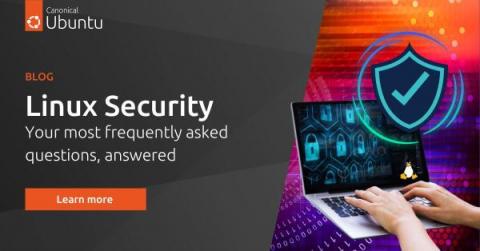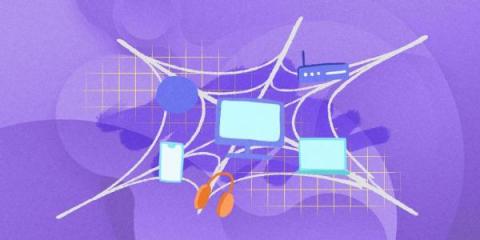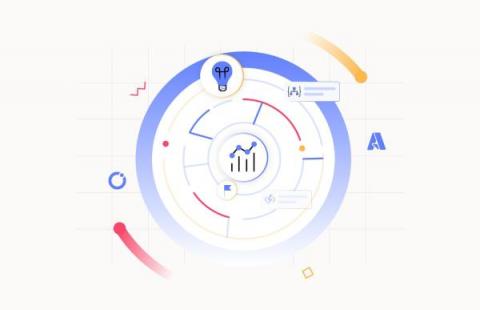Linux security: your questions, answered
At Canonical, we often get questions about open-source security and of course, Linux security is a common topic. Based on a recent webinar hosted by our security team and an accompanying blog post, we put together the most common questions we receive. This is by no means an exhaustive list, but it should give you a general idea about Ubuntu’s approach to security vulnerability management, livepatch, IoT, and its compliance and hardening tools.











